The Fascinating History of Fasteners: From Ancient Times to Modern Technology
17116 Views |
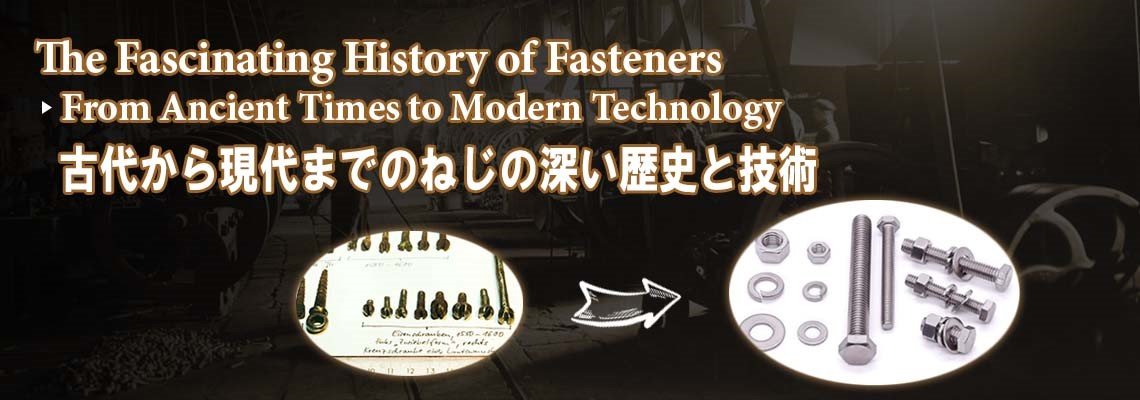
Fasteners are devices that mechanically join or attach two or more objects together. They are appearing in our daily lives; from the clothes we wear to the cars we drive to the buildings we live in. But have you ever wondered how fasteners were born?
How did people in ancient times fasten things together? How did fasteners develop over the centuries? How do fasteners work in modern technology?
In this blog, we will explore the fascinating history of fasteners, from ancient times to modern technology together.

The Origins of Fasteners
The earliest forms of fasteners were simple and natural, such as animal sinews, bones, thorns, and plant fibers. People used these materials to tie, sew, or weave things together. For example, ancient Egyptians used linen threads to stitch together pieces of cloth or leather. Ancient Chinese used silk threads to make fine fabrics and embroideries. Ancient Romans used animal gut to make surgical sutures.

The first metal fasteners were probably nails, pins, and rivets. These fasteners were made by hammering metal into shape and piercing it through the objects to be joined. The oldest known metal nails date back to around 3,500 BCE, found in Egypt and Mesopotamia. Metal pins and rivets were also used by ancient civilizations, such as the Greeks and the Persians for various purposes, such as jewelry, armor, and weapons.
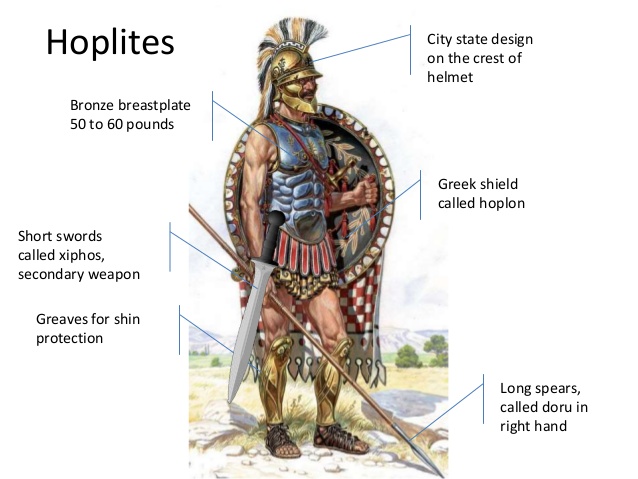
Below pictures are middle age armor which were used pins and rivets as fasteners for armor
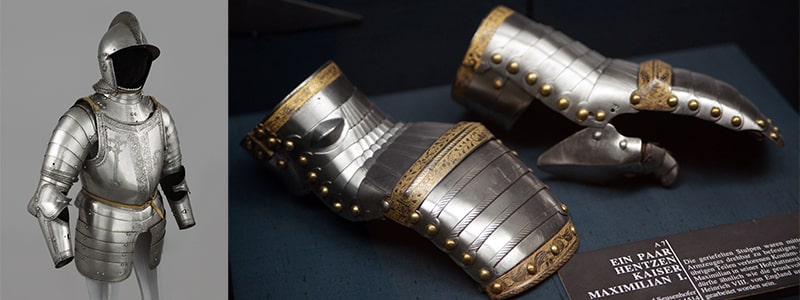
The Invention of the Screw
The screw is one of the most important and versatile(all-round/multipurpose) fasteners in history. It is a type of fastener that has a helical thread on a cylindrical shaft that can be driven into a matching thread on another object. The screw can create a strong and stable connection between two objects, as well as adjust the distance or position of the objects.
The screw thread is believed to have been invented around 400 BCE by Archytas of Tarentum, a Greek philosopher and mathematician. He used the screw principle to create a device that could lift water from a lower level to a higher level, known as the screw pump or the Archimedes’ screw. The screw pump was later improved by Archimedes, another Greek mathematician and engineer, who used it for irrigation and drainage purposes.

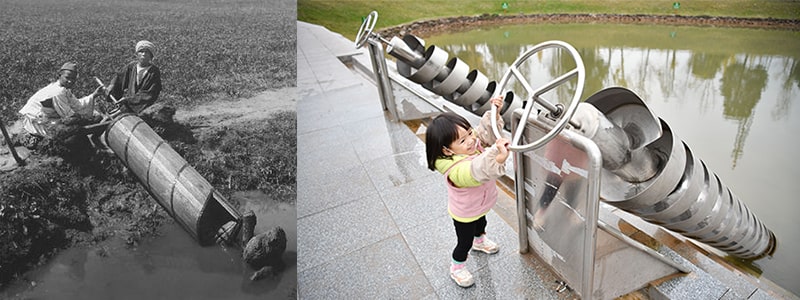
The screw thread was also applied to other devices, such as the screw press and the screw propeller. The screw press was used to extract liquids from solids, such as olive oil, wine, or paper pulp. The screw propeller was used to propel boats or ships through water, by converting rotational motion into thrust.
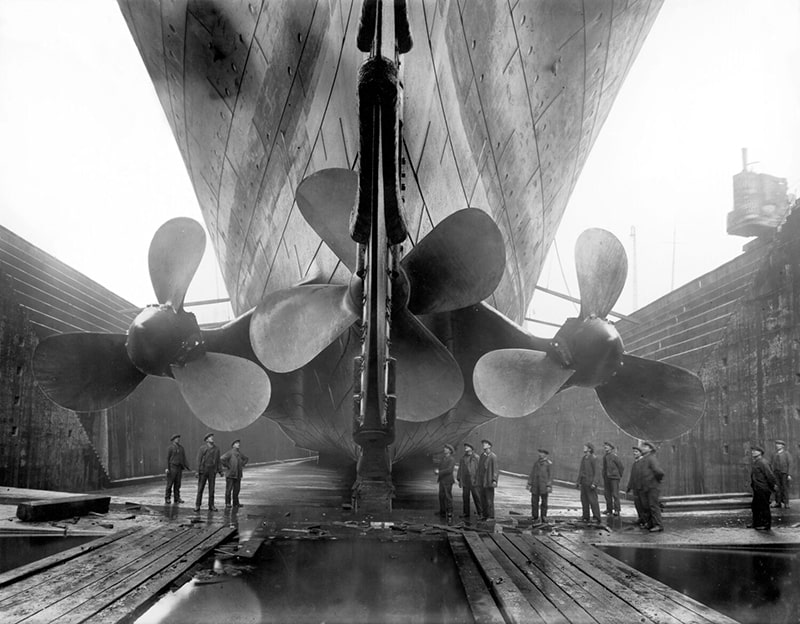
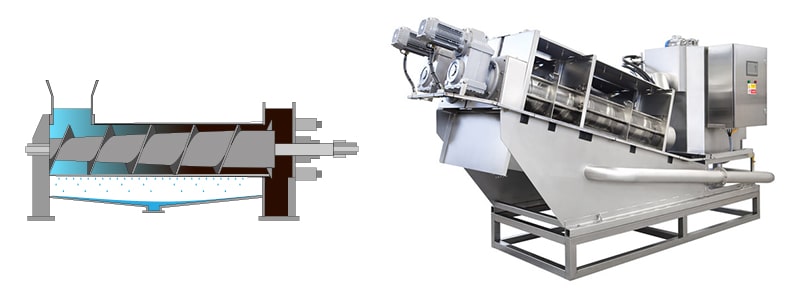
The screw as a fastener, however, did not become common until the 15th century, when metal screws and nuts were first used to join metal parts together. The first metal screws and nuts were handmade, and therefore had irregular shapes and sizes. The screwdriver, a tool to drive screws into or out of objects, was also invented around this time.
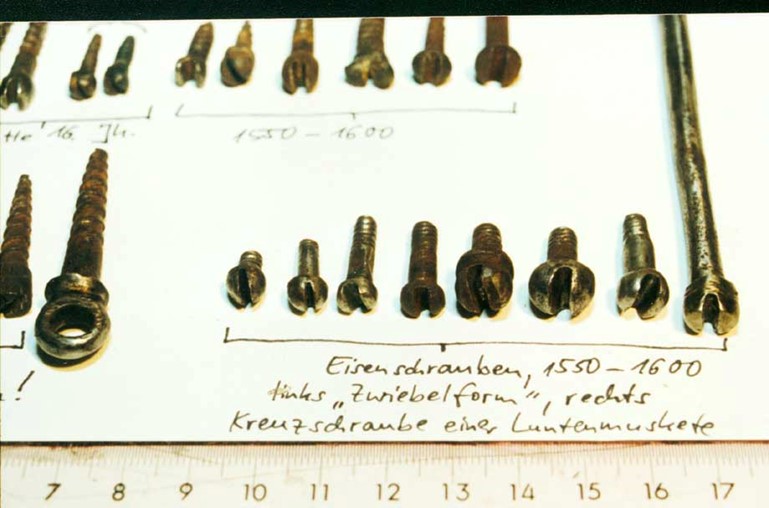
The Industrial Revolution and Beyond
The Industrial Revolution, which occurred from the 18th to the 19th century, was a period of rapid technological and social change that transformed the world. It also had a significant impact on the development of fasteners, as new machines and methods were invented to produce and use fasteners more efficiently and effectively.
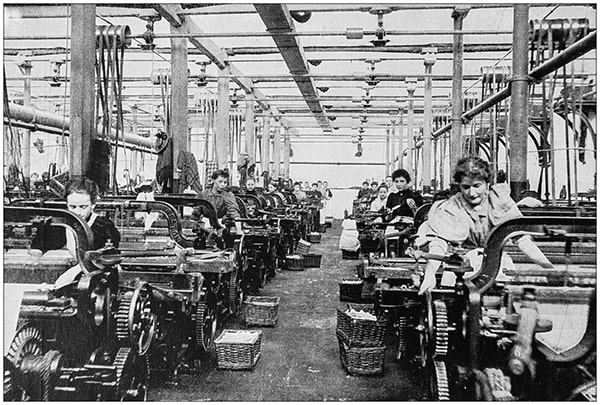
Please see our previous blog about Phillips screw drive brief history as What are Phillips and JIS drive for screws?
One of the most important innovations was the standardization of fasteners, which meant that fasteners of the same type and size had the same dimensions and specifications. This made it easier and cheaper to manufacture, distribute, and interchange fasteners. The first standards for fasteners were established in the early 19th century, by various national and international organizations, such as the British Standard Whitworth (BSW), the American National Standard (ANSI), and the International Organization for Standardization (ISO).

Another important innovation was the introduction of new types and materials of fasteners, which expanded the range and scope of fastener applications. Some of the new types of fasteners included bolts, screws, nuts, washers, rivets, pins, clips, staples, hooks, and zippers. As well as new materials of fasteners included stainless steel, brass, copper, aluminum, titanium, and plastic.
Fasteners in Modern Technology
Fasteners continue to play a vital role in modern technology, as they are used in almost every industry and sector, such as aerospace, automotive, construction, electronics, medical, and military. Fasteners are constantly being improved and innovated, to meet the ever-changing demands and challenges of modern technology.
Some of the current trends and developments in fasteners include:
Smart fasteners, which are fasteners that can sense, communicate, or respond to external stimuli, such as temperature, pressure, or vibration. Smart fasteners can enhance the performance, safety, and reliability of fastened systems, by providing feedback, monitoring, or control functions.
For example, a SmartBolt from STI with built-in visual tension indicator with color, make user know whether bolt is loose or tight in a glance

Lightweight fasteners, which are fasteners that have a low weight-to-strength ratio, meaning that they are strong but light. Lightweight fasteners can reduce the overall weight and fuel consumption of fastened systems, such as vehicles, aircraft, and drone as well as improve their speed, agility, and efficiency.
For example, Plastic, Titanium, and Aluminum fasteners


Eco-friendly non-threaded fasteners, which are fasteners that have a low environmental impact, meaning that they are made from renewable, recyclable, or biodegradable materials, or that they use less energy or resources to produce or operate. Eco-friendly fasteners can reduce the carbon footprint and waste generation of fastened systems, as well as protect the health and well-being of people and the planet.
For example, Renewable zip, cloth tag and plastic staple from various packaging companies
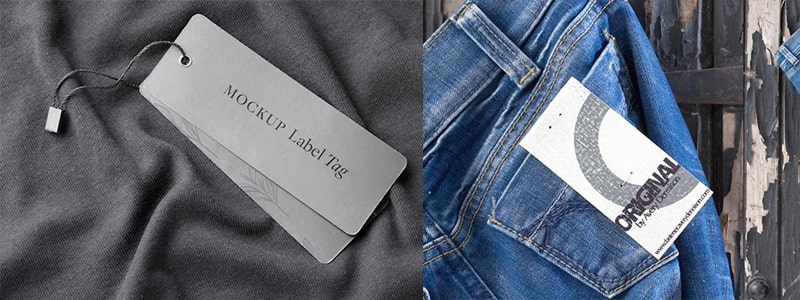
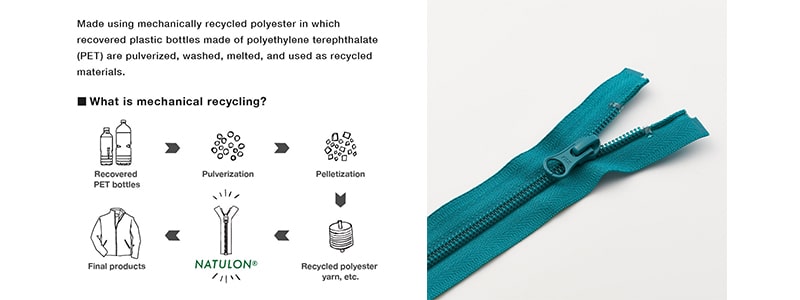
Conclusion
Fasteners are devices that mechanically join or attach two or more objects together. They have a long and fascinating history, from ancient times to modern technology. Fasteners have evolved from simple and natural materials, such as animal sinews and plant fibers, to complex and sophisticated devices, such as smart fasteners and lightweight fasteners. Fasteners have also diversified in their types and applications, from nails and screws to zippers and clips.
Fasteners are essential for our daily lives, as they enable us to create, connect, and adjust things. Fasteners are truly the unsung HEROS of our world, such a small thing but be able to create greatly impact to the world industry.
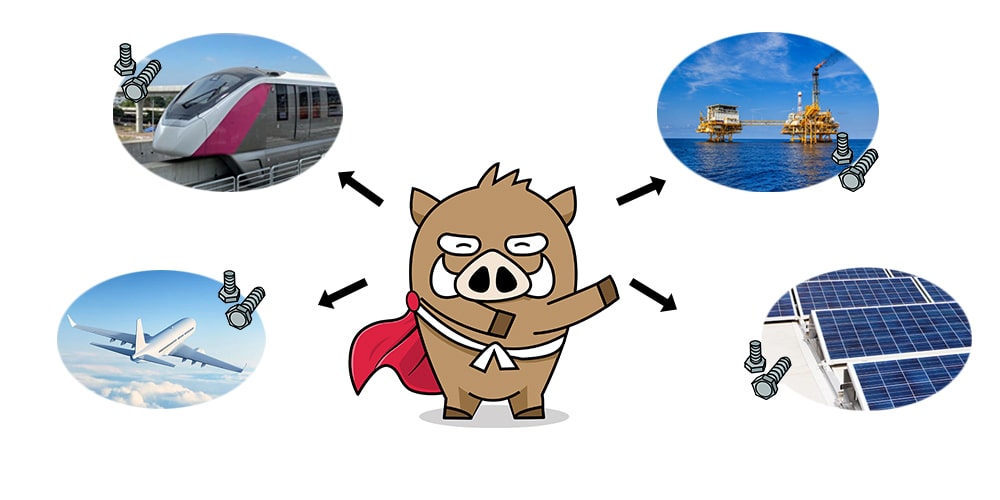
Written by,
Mr.Nuttapol Sirilert
International Sales Team
Hanshin Neji Co.,Ltd.



